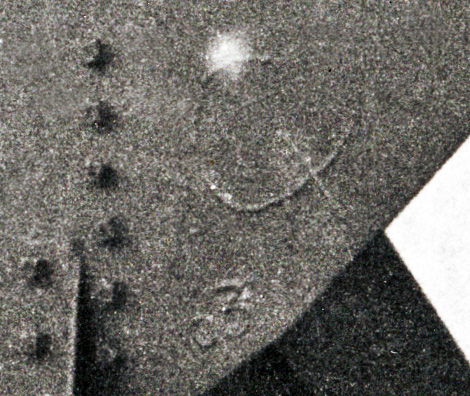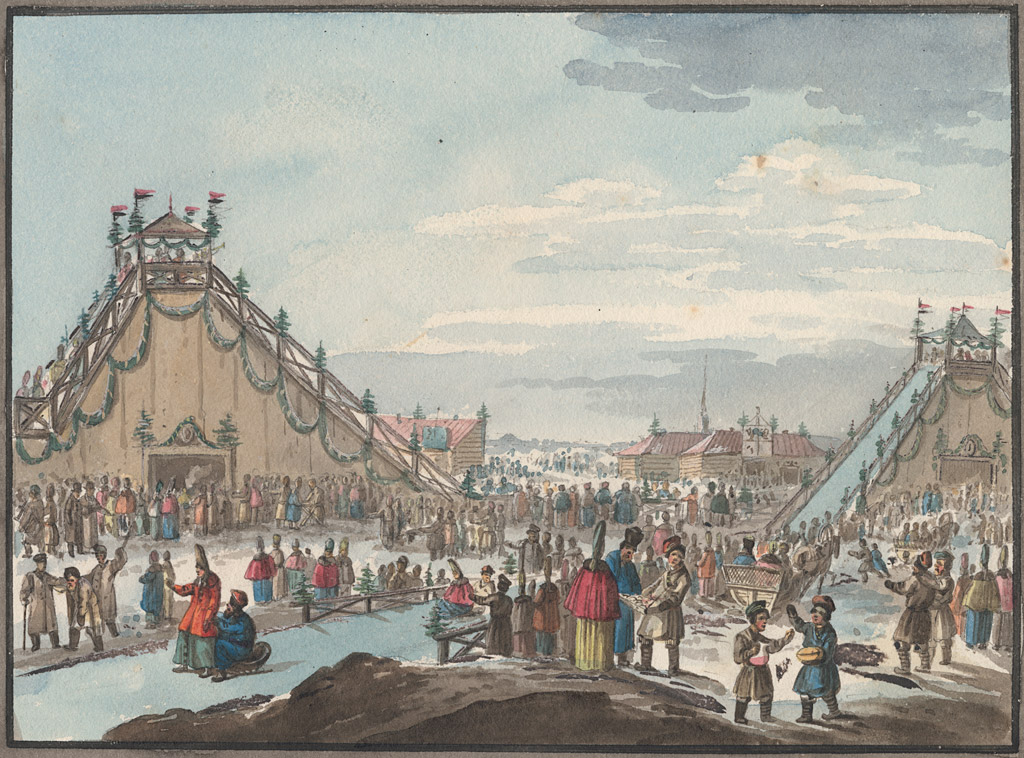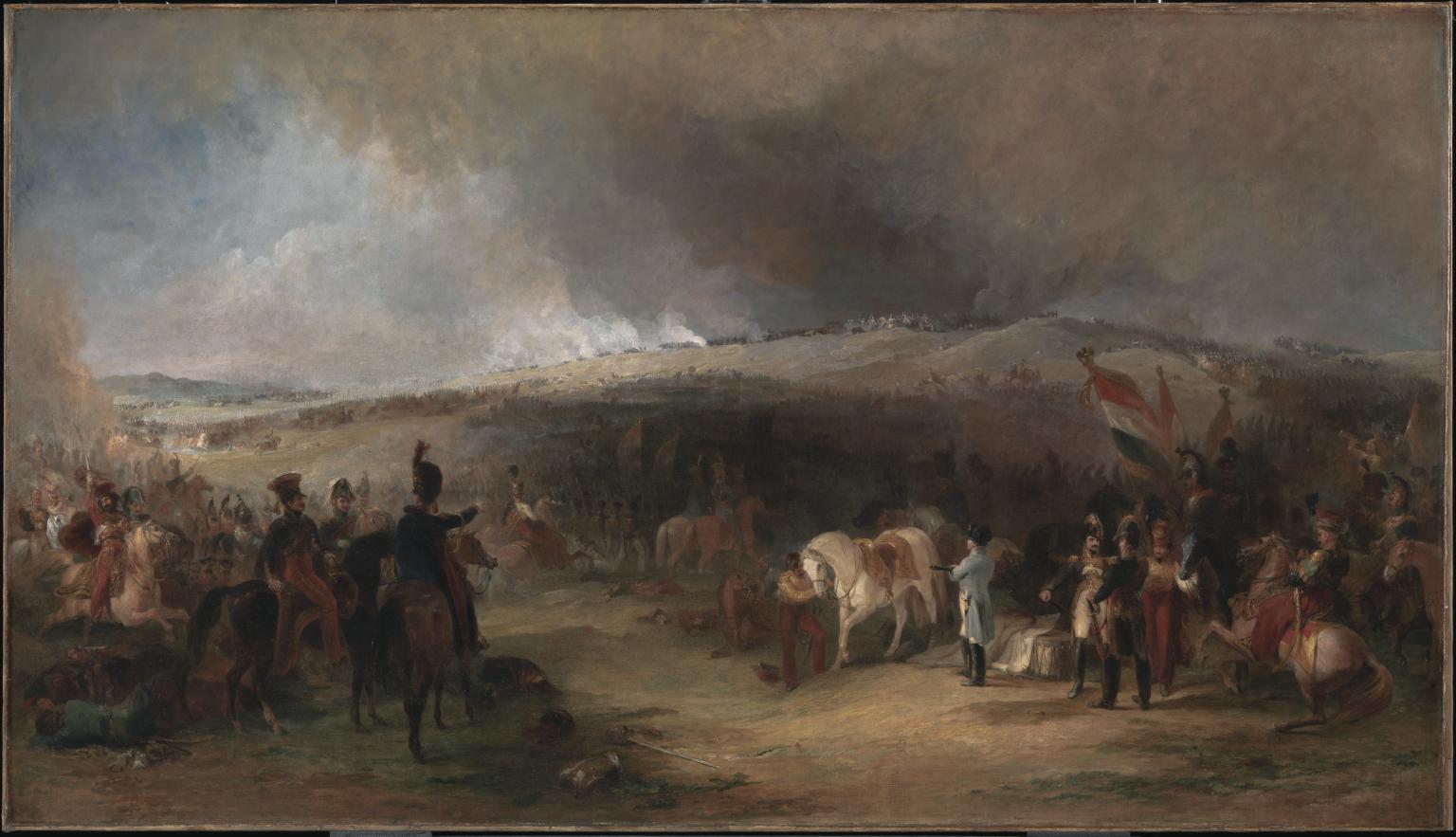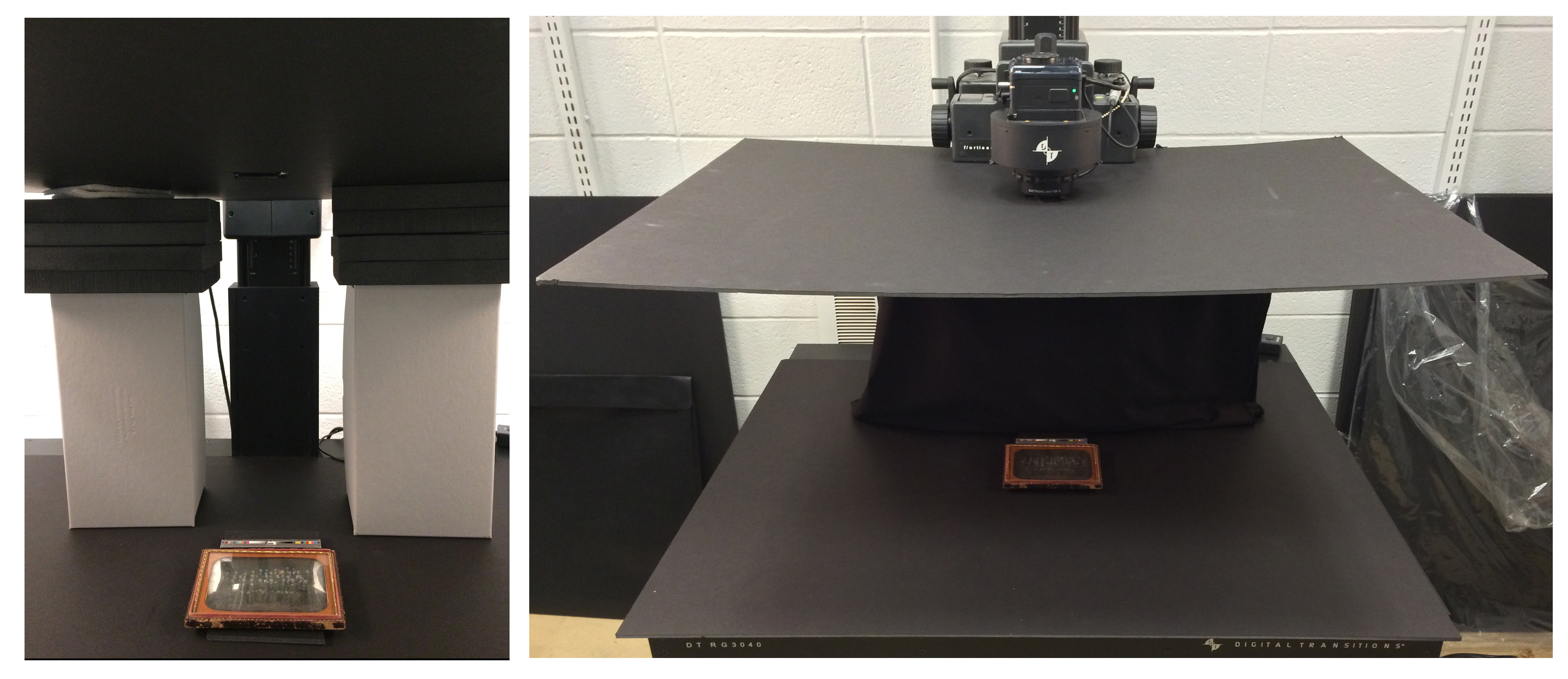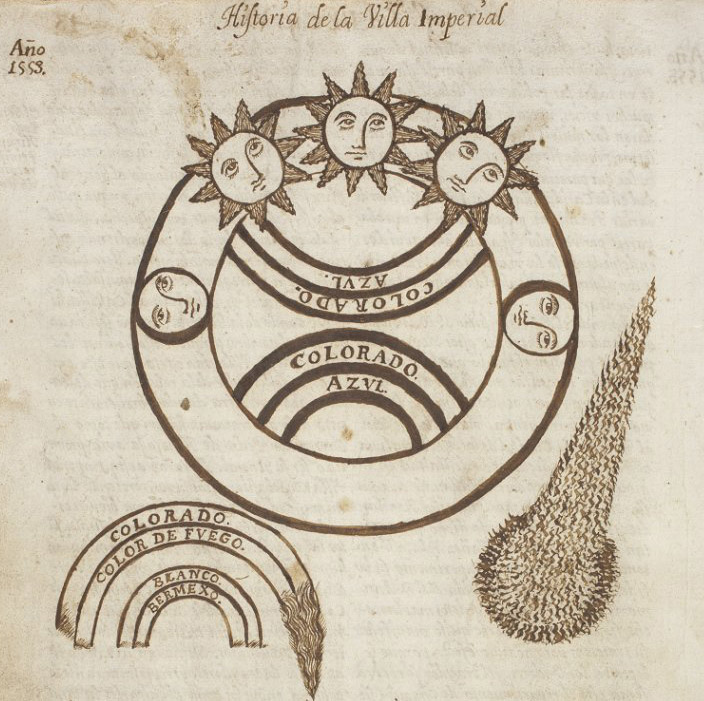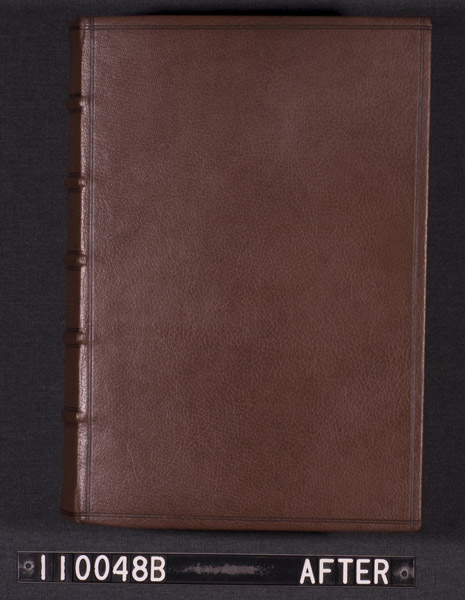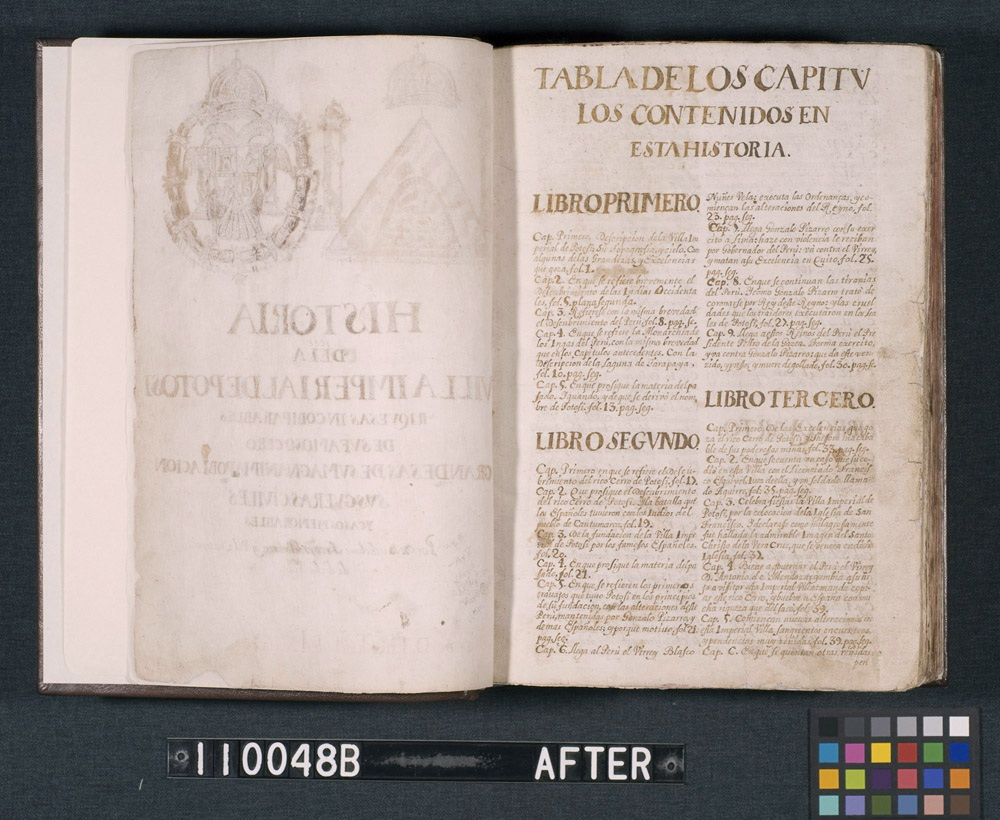A Public Art Mystery: part II (Polygons on Triangle)
In preparation of the John D. Rockefeller, Jr. Library celebrating its 50th year this past November, Digital Production Services scanned many photographs of the building during construction, and after its dedication in November of 1964. A photograph of a large metal sculpture on the steps of “The Rock” piqued my curiosity, resulting in A Public Art Mystery: part 1. After reading the post, a recent graduate of the Public Humanities Program here at Brown commented that he could distinguish a large “C” on the center panel. Was the work by Alexander Calder? I searched the internet for an example of how Calder signed his monumental metal sculptures, known as “stabiles,” and found a signature and date from a piece executed in 1960. The signature is from a work titled Gallows and Lollipops and is, interestingly, installed on the plaza adjacent to the Beinecke Library at Yale University. Using my loupe, I closely examined the photograph of the work at Brown. The “CA” above the “63”, and the similarity of the signatures, convinced me that the sculpture was, indeed, executed by Alexander Calder.
I searched the Calder Foundation website by period, 1963-1976, and there it was! Polygons on Triangle, 1963, Sheet metal, bolts and paint, 289.6 (h) x 185.4 x 243.8 cm. But what were the exact circumstances of its installation at Brown? Was it loaned to the University for the grand opening of its new library? How long did it remain there? What were the reactions of the public to the art? (other than the serious contemplation and head scratching documented in the photograph), and where is the piece now?

Polygons on Triangle, 1963, Sheet metal, bolts and paint, 289.6 (h) x 185.4 x 243.8 cm, Calder Foundation, New York
I have been able to determine that from 2001-2003, Polygons on Triangle was exhibited at the Storm King Art Center as part of Grand Intuitions: Alexander Calder’s Monumental Sculpture, and in 2004 the work was part of an installation on the Benjamin Franklin Parkway in Philadelphia. Calder on the Parkway featured a group of ten black sheet metal sculptures and the 21-foot tall “Ordinary” that already occupied the site. The installation was intended to draw attention to the site of a proposed Calder Museum, a museum which ultimately was never built. In 2007, Polygons on Triangle traveled to Dublin and was featured in an exhibit at the Irish Museum of Modern Art that highlighted Calder’s relationship with Joan Miró.


